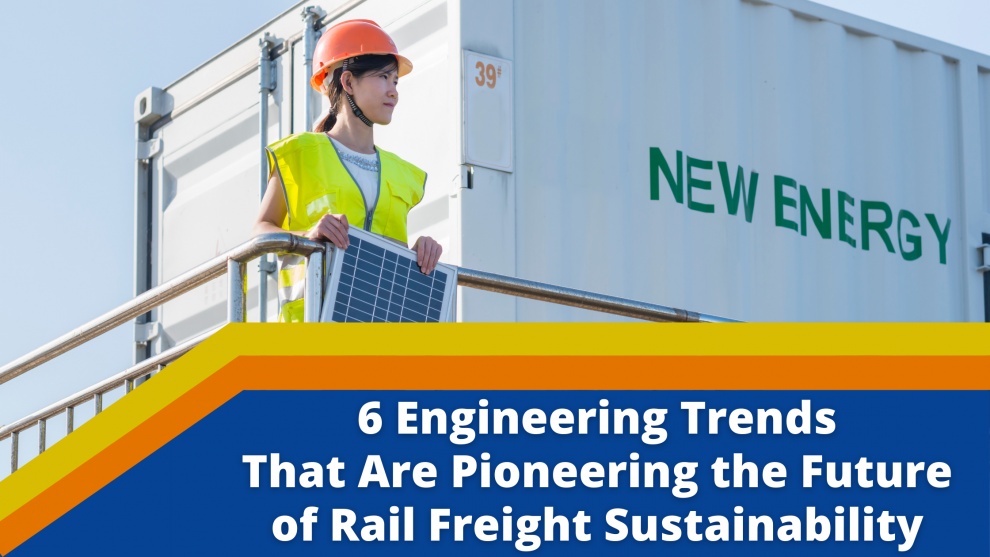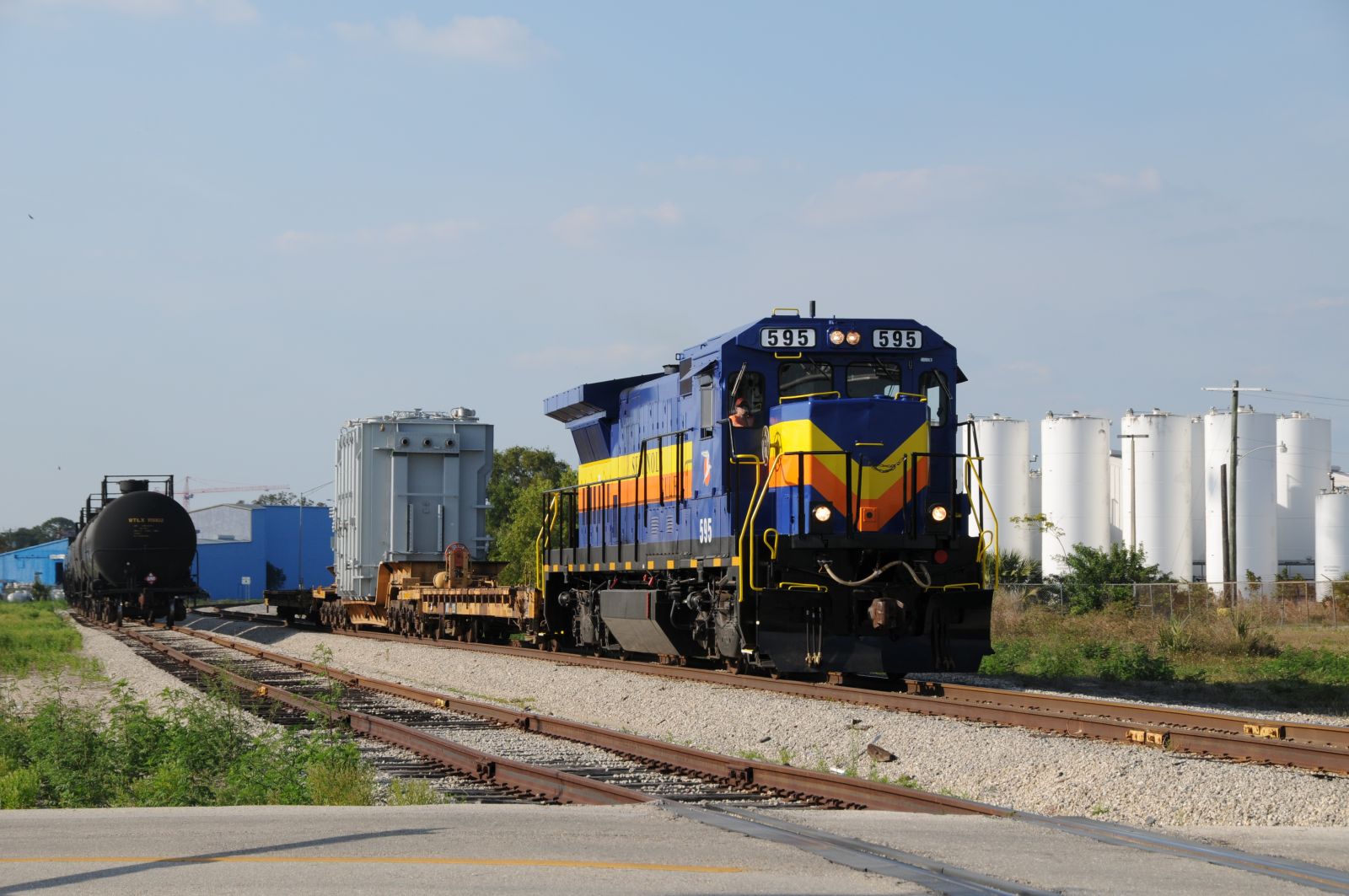
A few months ago, we wrote an article on the 4 Sustainability Benefits of Rail Freight Transportation. One of the benefits that we highlighted was the fact that rail freight companies are continuing to put a lot of money into designing and implementing new green technology solutions to limit the industry’s impact on the environment.
In that post, we briefly touched on six key locomotive and railway trends. So today, we’d like to further explore these technology solutions and discuss how together they’re going to reshape the rail freight industry as we know it.
1. IMPROVED RAILCAR DESIGNS
You may not think it just by looking at them, but railcars have come a long, long way over the past 200 years. With dozens of major redesigns, today’s modern railcar is able to help drastically cut down on fuel consumption, compared to older models.
Here are a few of the more significant design changes:
- Nearly double the capacity: In 1980, the average railcar could haul 2,222 tons. In 2013, that capacity jumped to a staggering 3,488 tons!
- Lighter weight materials: While corrugated steel is still the most popular material for railcars, many newer models are implementing stronger, more lightweight aluminum alloys.
- Improved aerodynamics: Sleeker railcar designs produce far less drag, which means less total horsepower is required to move the train.
- Less friction: With better wheel-to-rail lubrication, freight companies are cutting down on the amount of wear and tear on both the tracks and locomotives.
2. MORE FUEL-EFFICIENT ENGINES
Every year, freight companies retire their oldest and least fuel-efficient locomotives from service. And every year, they get replaced with more efficient models, including many state-of-the-art “Gensets.” These generator set locomotives have several independent engines that are able to turn off and on, depending on how much power is required to accomplish a particular task.
For example: If a train needs to climb a 2.5 percent grade, it can fire on all engines. But if it’s hauling on a flat or downhill section of track, one or more engines can be killed to reduce fuel consumption and emissions.
3. ANTI-IDLING TECHNOLOGY
Not only can fuel consumption and emissions be reduced while the locomotive is in use, but also when it’s not. It used to be that trains took so long to start up, that it was far quicker to leave them idling for hours rather than shutting them down while being loaded or unloaded.
Now, thanks to new idling-reduction technology, that’s no longer the case. With advanced start-stop systems in place, locomotives will automatically shut down when not in use. Of course, this also comes with a rapid restart feature that will prevent any lost time this may have otherwise caused.
4. DISTRIBUTED POWER SYSTEMS
While it might be a strange sight to see a locomotive or two positioned in the middle of a train, this unorthodox method significantly reduces the total horsepower required to move a train. Distributed power (DP) systems work by placing one or more additional locomotives in the middle and/or end of a train. These “bonus” locomotives are then controlled remotely by the lead engine.
The main advantage of DP systems is that they significantly reduce the draw-gear draft forces required to get the train up to speed. Another benefit is that, with additional remote-controlled air brakes, the trains can come to a complete stop much quicker, which could be all the difference should something—or someone—be obstructing the track.
5. ADVANCED FUEL MANAGEMENT
With advanced, machine-learning computer systems in place, freight companies can improve fuel efficiency by as much as 14%. This can be accomplished by performing one or more of the following functions:
- Calculating the most fuel-efficient speed for a train over a specific route
- Determining and implementing the most efficient timing and spacing of trains
- Monitoring engine functions and performance to ensure peak efficiency
6. ZERO-EMISSION CRANES
Believe it or not, these engineering design trends aren’t limited to the trains themselves. In fact, fully electric cranes have become an increasingly popular sight at some of the busiest trainyards and ports.
The beauty of zero-emission cranes is that they are able to recharge their batteries every time they lower a heavy load between trains, trucks, and ships. Not only do these cranes reduce pollution, but they also cut down on ambient noise, which is a welcome relief for many workers and neighboring businesses.

STAY ON TOP OF ALL RAIL FREIGHT ENGINEERING TRENDS WITH SEMINOLE GULF
At Seminole Gulf Railway, we are committed to doing our part to help protect the planet and usher in a new age of environmental excellence. Follow the link to learn more about our ongoing short line railroad environmental initiatives.
Whether you’re hauling lumber, building materials, aggregates, plastics, LP gas, or any other commodities, Seminole Gulf Railway is the experienced freight shipping partner you need. Since 1987, we’ve been providing our customers with unmatched rail freight transportation, transloading, regional trucking, and warehousing services. Contact us today to discuss your supply chain needs.
